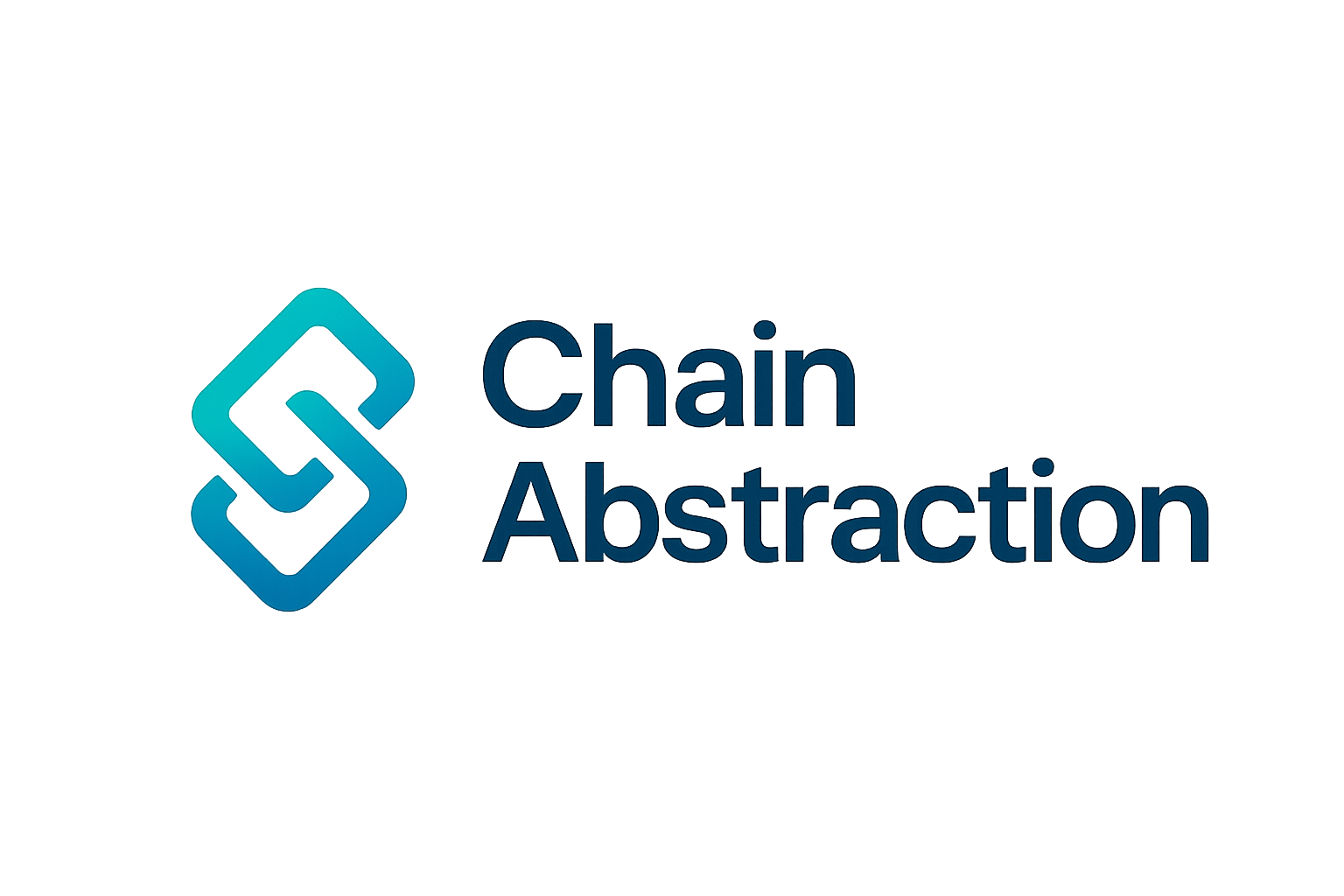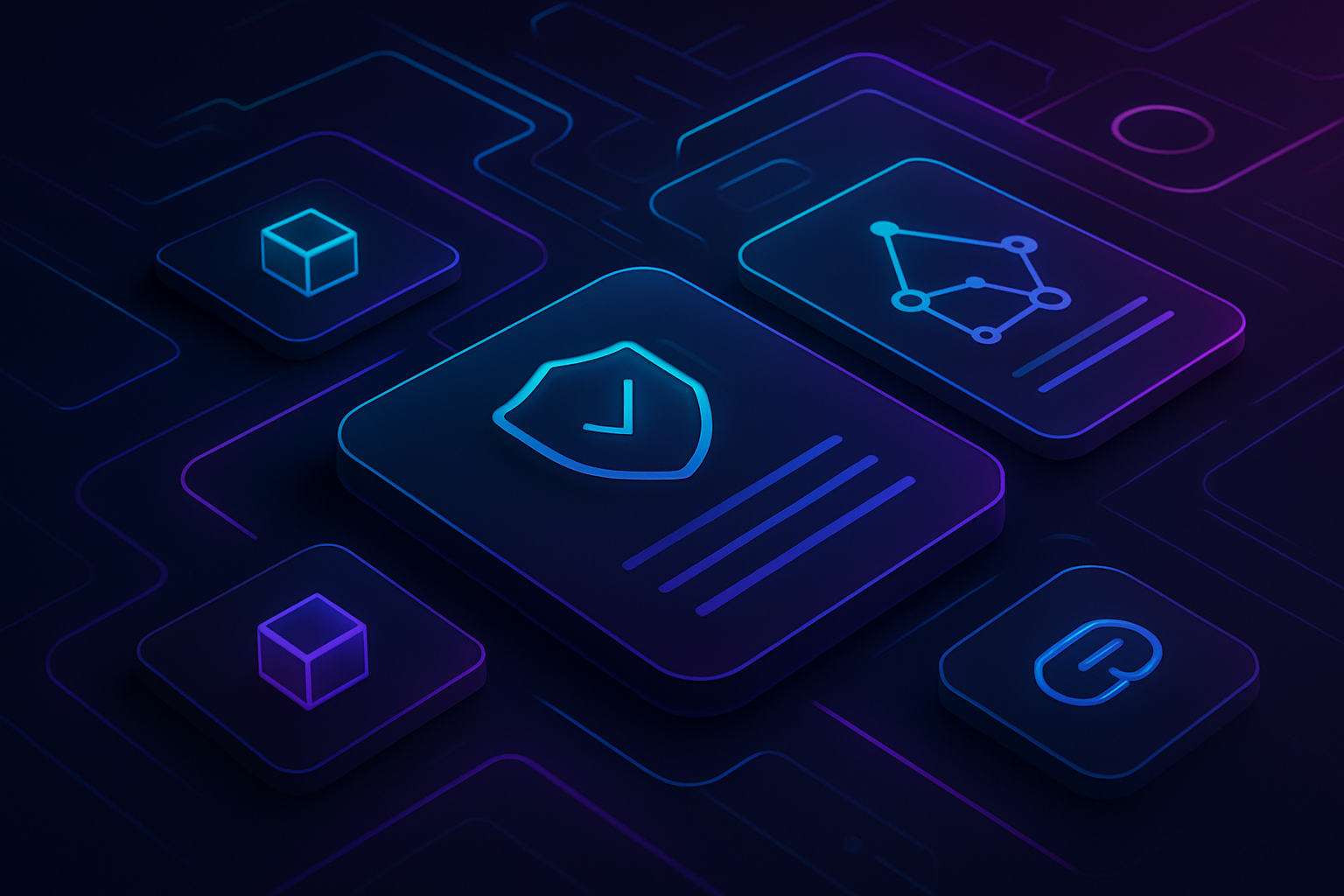
In 2024, decentralized finance (DeFi) reached a pivotal crossroads: the complexity of cross-chain interactions was stifling mainstream adoption. With dozens of blockchains, bridging assets, and juggling multiple wallets, even seasoned crypto users found DeFi onboarding daunting. Chain abstraction emerged as the answer, transforming the cross-chain wallet UX and setting a new standard for seamless user experiences.

Unified Wallets: The End of Multi-Wallet Chaos
The core promise of chain abstraction is simple but profound: one wallet to access all chains. Instead of switching between Ethereum, Solana, or Layer 2 networks, users now interact through a single interface that abstracts away underlying network details. For example, zkCross Network’s SuperAccounts let users see unified balances across chains, no more guessing where your tokens are or whether you need to swap wallets for a specific dApp. This isn’t just convenience; it’s a fundamental shift in how people engage with DeFi.
This approach removes friction from every step. No more copying long addresses, no more manual network switching, and no more worrying about which chain supports your favorite assets. As Blockworks explains in their definitive guide to chain abstraction, this technology “decouples blockchain infrastructure from the user experience, ” making dApps feel as intuitive as traditional fintech apps.
“Chain abstraction wallets in 2025 already offer unified balances and seamless cross-chain transactions. Users can interact with applications without worrying about underlying chains. “
– Altius Labs
Simplified Cross-Chain Transactions: One Interface, Infinite Possibilities
The days of clunky bridges and complex token swaps are fading fast. Traditional cross-chain moves demanded multiple steps, bridging assets out of one chain, waiting for confirmations, swapping on another DEX, all while managing gas fees in different native tokens. Chain abstraction streamlines this into a single click. The wallet handles routing and execution under the hood using technologies like zkCross Network’s Arbitrary Messaging System (AMS), which enables secure messaging between blockchains (see full breakdown).
Top Pain Points Chain Abstraction Solves in DeFi Wallets
-
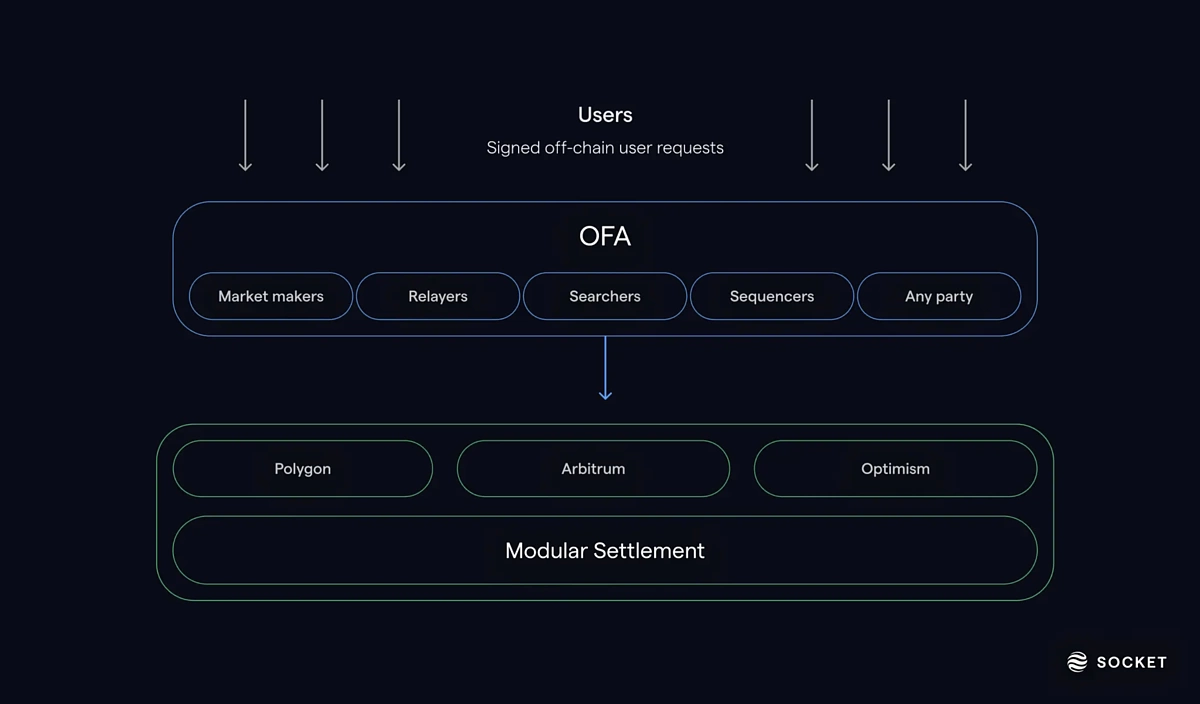
Fragmented Wallet Management: Chain abstraction enables a unified wallet experience, letting users manage assets across multiple blockchains from a single interface—eliminating the need to juggle different wallets or constantly switch networks.
-
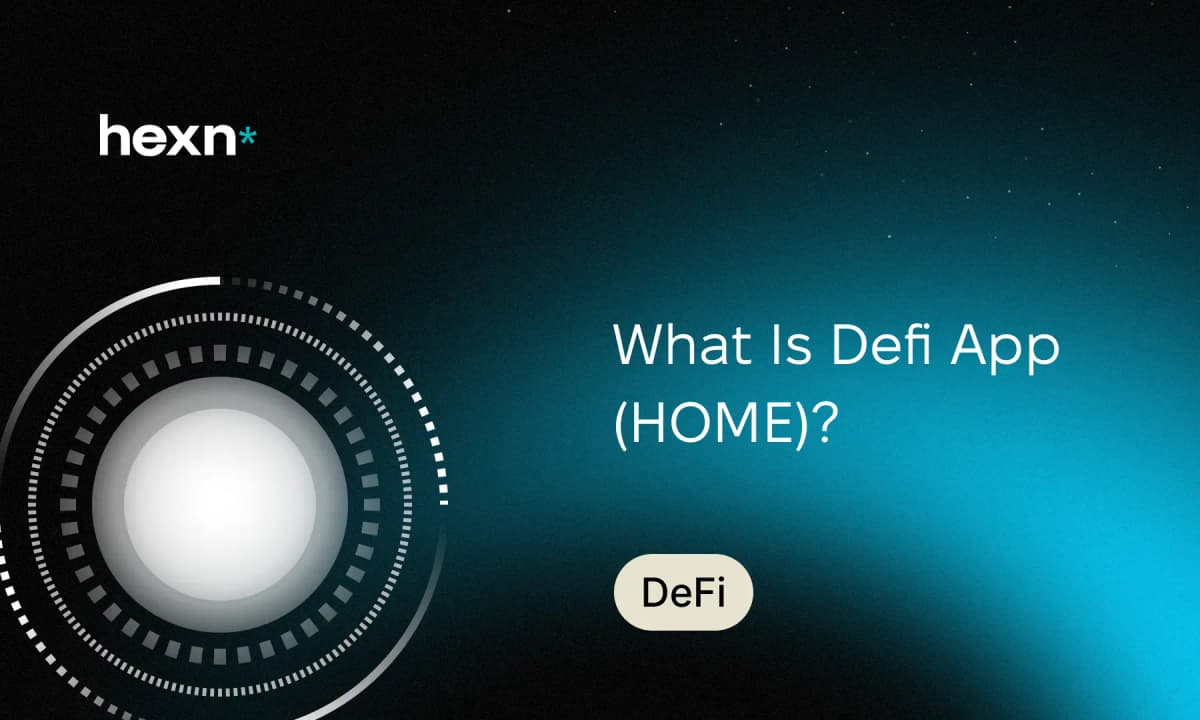
Complex Cross-Chain Transactions: With chain abstraction, users can swap assets and interact with dApps across chains seamlessly, without manually bridging tokens or handling multiple steps. Technologies like zkCross Network’s Arbitrary Messaging System automate these processes.
-
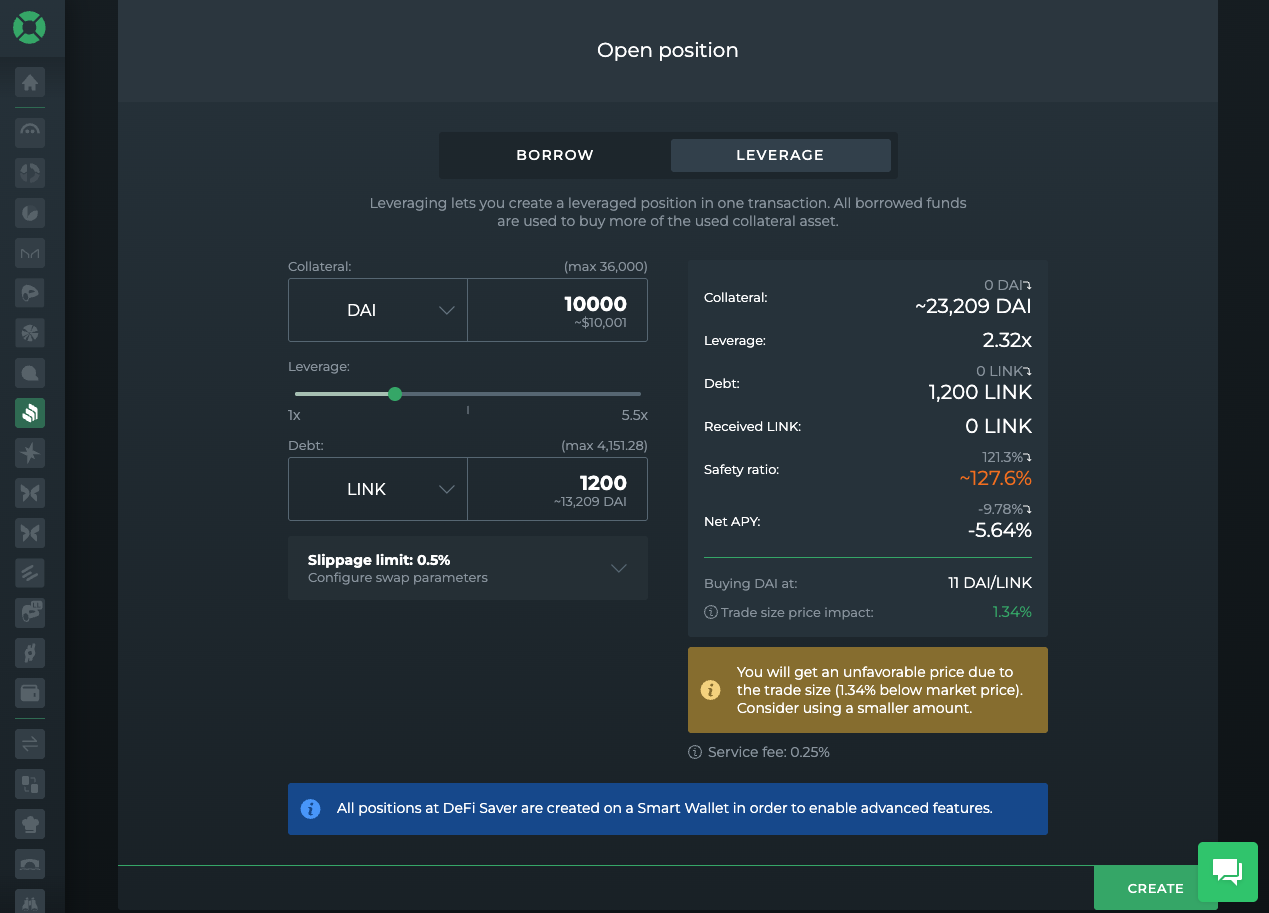
Gas Fee Hassles: Chain abstraction automates gas management, allowing users to pay transaction fees in any token they hold, removing the need to maintain balances of various chain-native tokens.
-
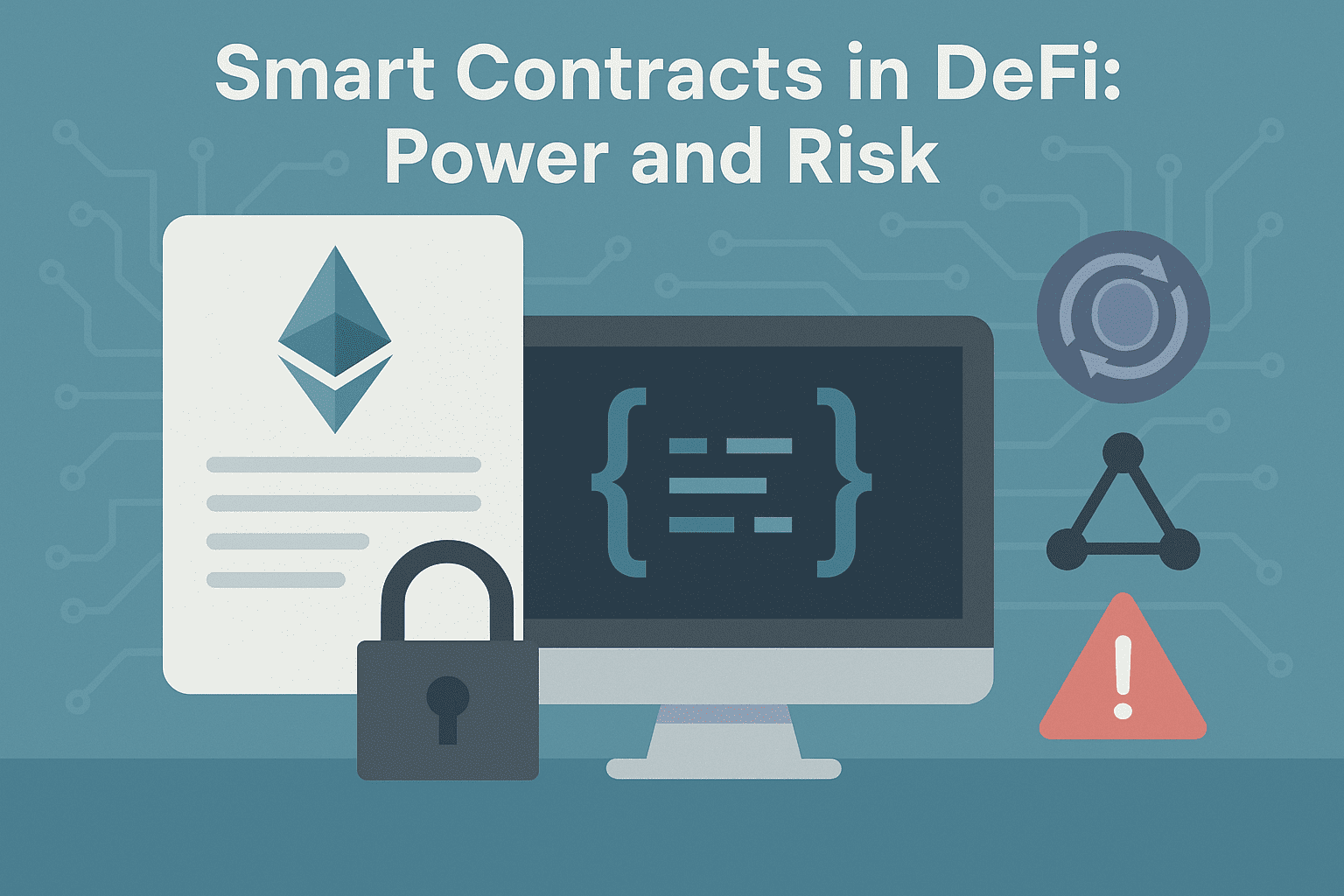
Security and Trust Concerns: By leveraging fully decentralized protocols and smart contracts, chain abstraction enhances security and transparency, reducing reliance on centralized intermediaries.
-
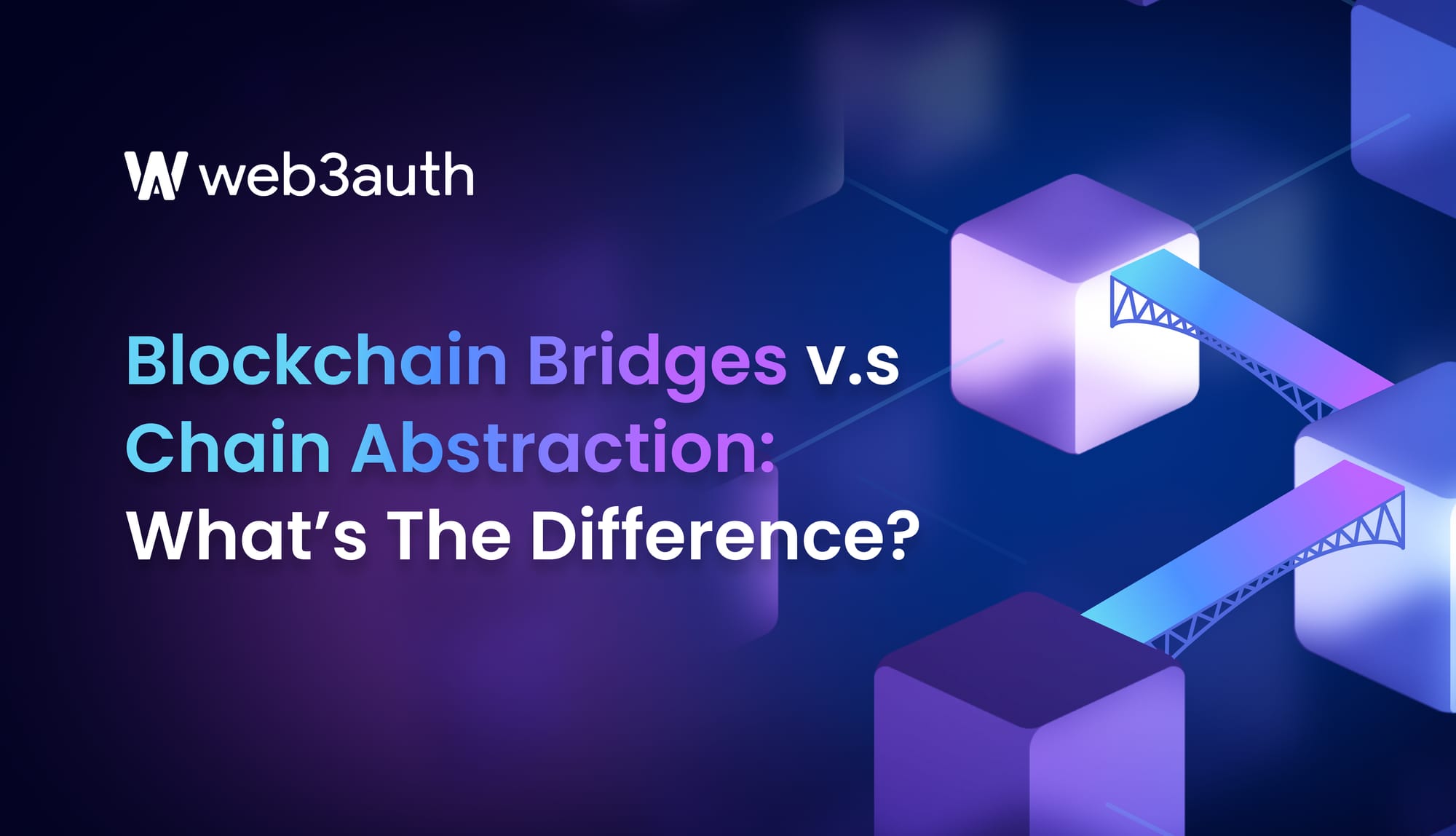
Developer Complexity: Chain abstraction provides developer-friendly SDKs and infrastructure, making it easier to build multi-chain dApps without deep technical knowledge of each blockchain, accelerating innovation in the DeFi space.
This isn’t just about convenience, it’s about unlocking real utility for users who want to explore new protocols or take advantage of yield opportunities without technical barriers. The ability to perform seamless cross-chain swaps, stake assets across protocols, or interact with multi-chain dApps from one dashboard is rapidly becoming the new normal.
No More Gas Anxiety: Automated Fee Management Across Chains
Managing gas fees has historically been one of DeFi’s biggest headaches, especially for newcomers unfamiliar with native tokens on each chain. Chain abstraction introduces automated gas management so users can pay transaction fees in any supported token they hold. The system dynamically converts or routes fees as needed behind the scenes.
This innovation not only eliminates the need to keep small balances of obscure coins but also prevents failed transactions due to insufficient gas, a notorious source of frustration and loss for many users.
Automated fee management is a breakthrough for DeFi wallet user experience. It empowers users to focus on their financial strategies, not operational logistics. By removing the need to micromanage gas tokens, chain abstraction makes DeFi onboarding less intimidating and more accessible for everyone, from crypto veterans to first-time users.
Security and Openness: Decentralization Without Compromise
Security is always paramount in DeFi. With chain abstraction, all transactions and asset movements are governed by smart contracts on decentralized protocols, rather than centralized intermediaries. This architecture not only reduces single points of failure but also ensures that users retain full custody of their assets at every stage.
Moreover, the open nature of these systems means anyone can participate or build on top of the infrastructure without permission. As highlighted in zkCross Network’s deep dive, this inclusivity accelerates innovation while keeping user security intact.
Developer Toolkits: Building the Next Generation of DeFi Apps
The impact of chain abstraction extends far beyond end-users. For developers, abstracted SDKs and APIs now provide a robust foundation for building truly multi-chain dApps without wrestling with each network’s quirks. This shift allows teams to focus on user experience and novel features instead of backend complexity.
As a result, we’re seeing faster development cycles and more creative applications entering the space. The ability to deploy a single app that interacts seamlessly across Ethereum, Solana, Layer 2s, and beyond is rapidly moving from aspiration to expectation.
Top Benefits of Chain Abstraction Toolkits for Developers
-
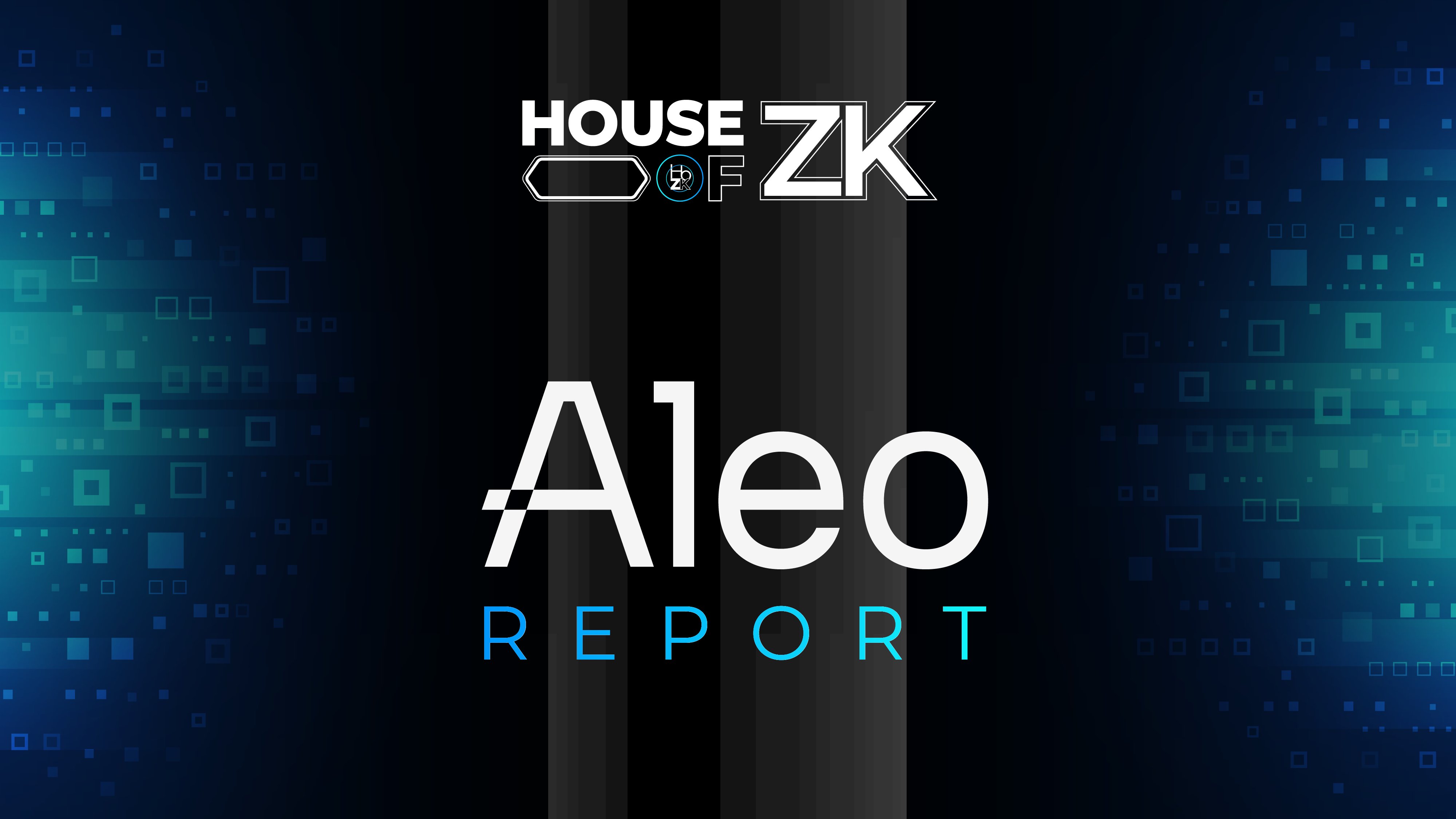
Unified API Access: Toolkits like zkCross Network provide a single API to interact with multiple blockchains, eliminating the need to integrate separate SDKs for each chain.
-
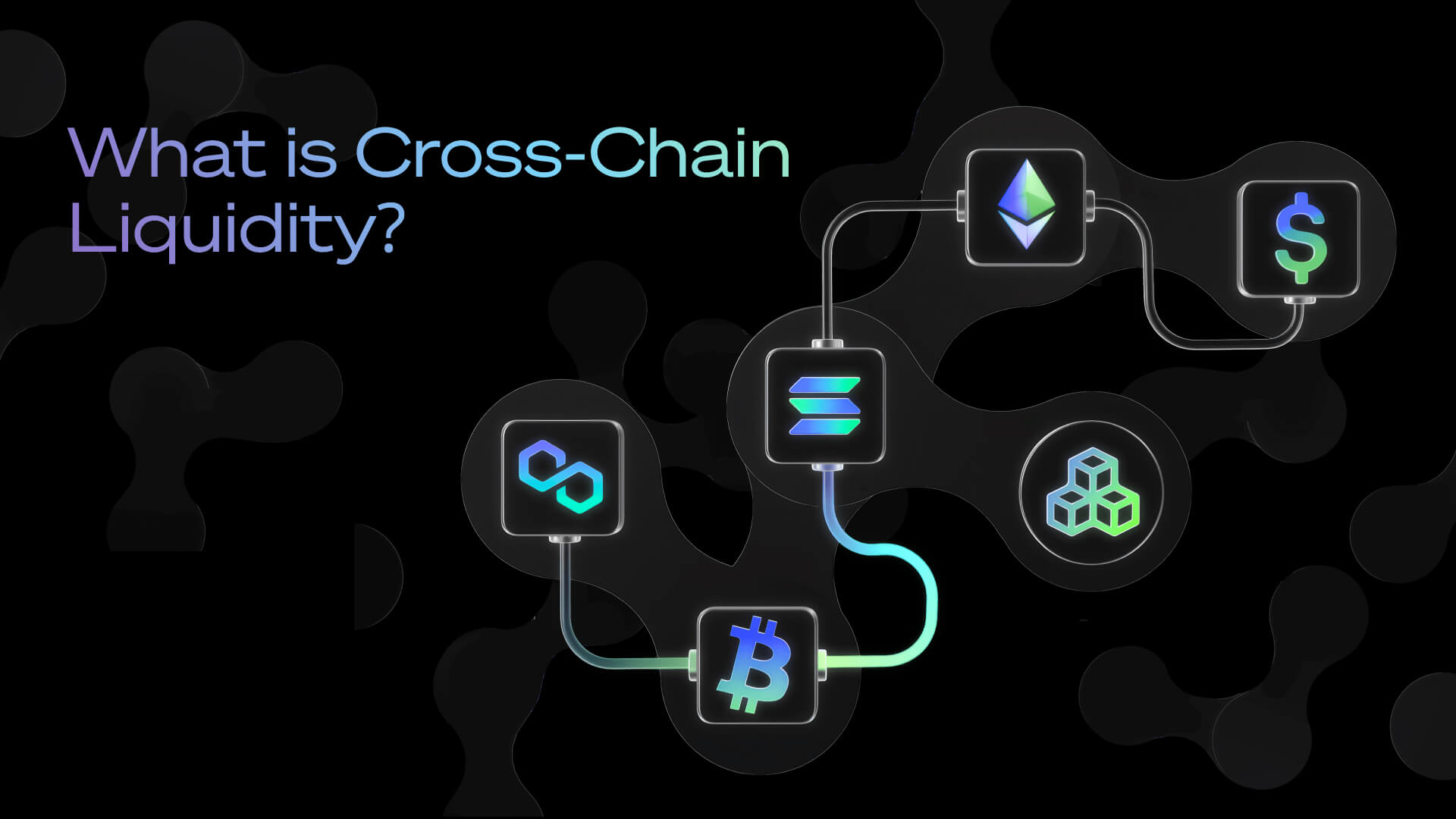
Streamlined Cross-Chain Transactions: Developers can enable seamless cross-chain swaps and DeFi actions through unified interfaces, with the toolkit handling bridging and messaging between blockchains automatically.
-

Automated Gas Fee Abstraction: Toolkits such as zkCross Network’s SuperAccounts allow users to pay gas fees in any supported token, letting developers abstract away the complexity of managing native tokens for each chain.
-
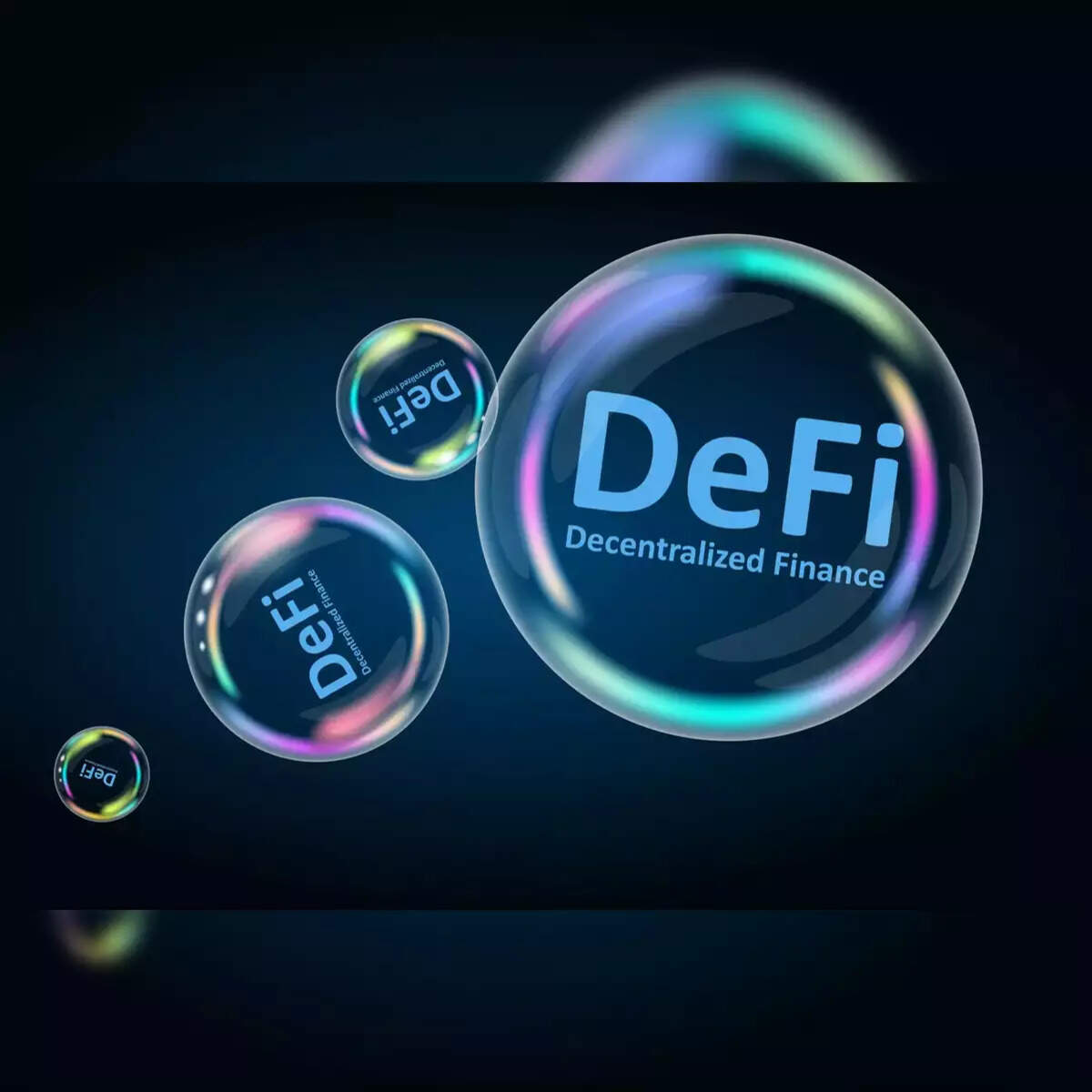
Enhanced Security via Decentralized Protocols: Chain abstraction toolkits leverage smart contracts and decentralized infrastructure, reducing reliance on centralized bridges and improving security for both developers and users.
-
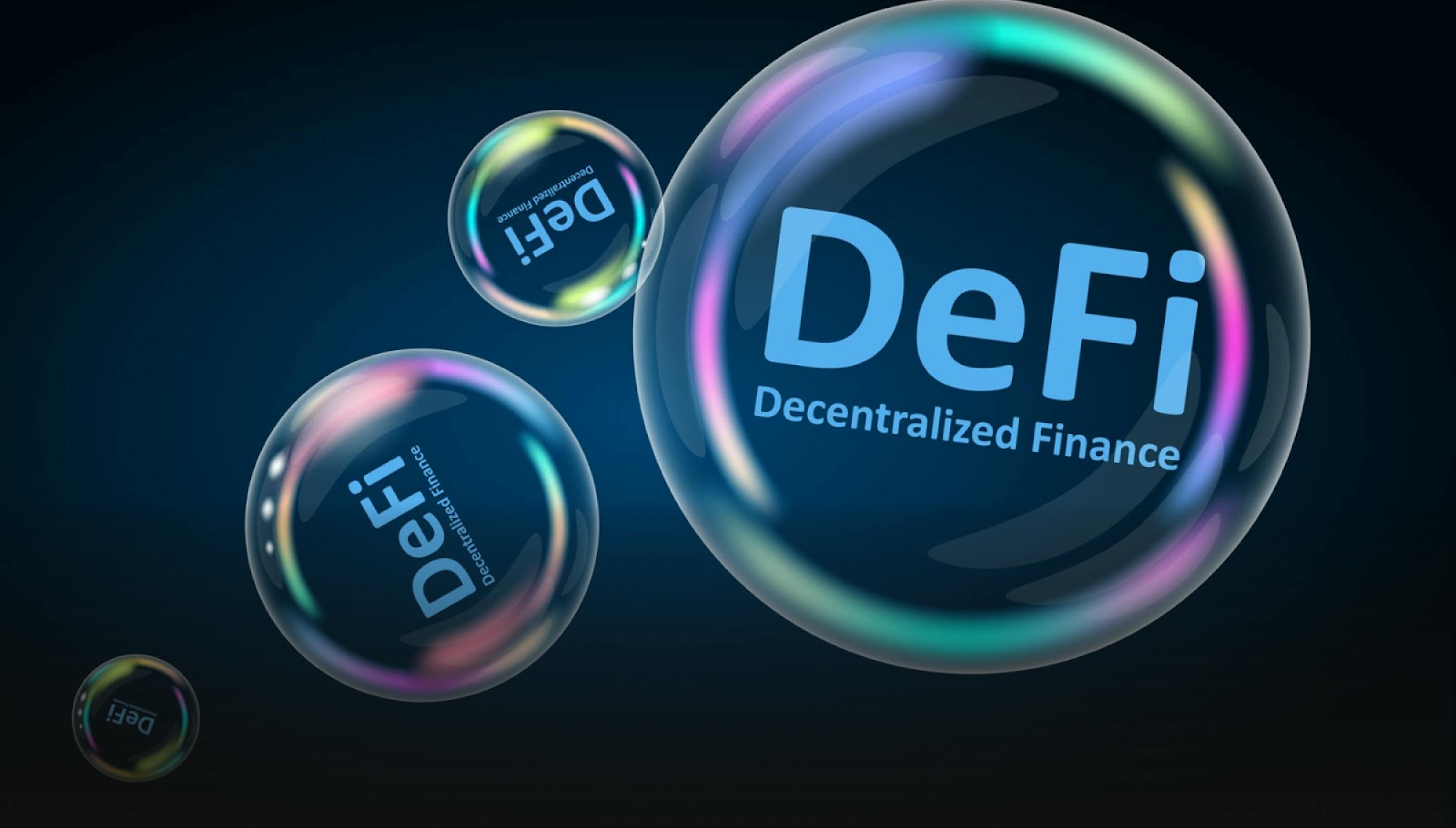
Faster dApp Development Cycles: By handling multi-chain logic and infrastructure, these toolkits enable developers to focus on application features, accelerating time-to-market for innovative DeFi products.
What’s Next? The Road to Mass Adoption
Chain abstraction isn’t just fixing pain points; it’s laying the groundwork for mainstream crypto adoption. By hiding technical complexity behind intuitive interfaces, unified crypto wallets are poised to onboard millions who were previously deterred by clunky UX or security risks.
The next wave will likely see even tighter integration between wallets, dApps, and financial services – all powered by smart routing DeFi infrastructure and cross-chain transaction middleware. As seamless interoperability becomes table stakes in 2025 and beyond, those building with chain abstraction today are shaping the future landscape of decentralized finance.
“Seamless interoperability should mean users can move assets and interact across chains without needing to constantly switch wallets or navigate complex bridges. “
– CryptoSlate
